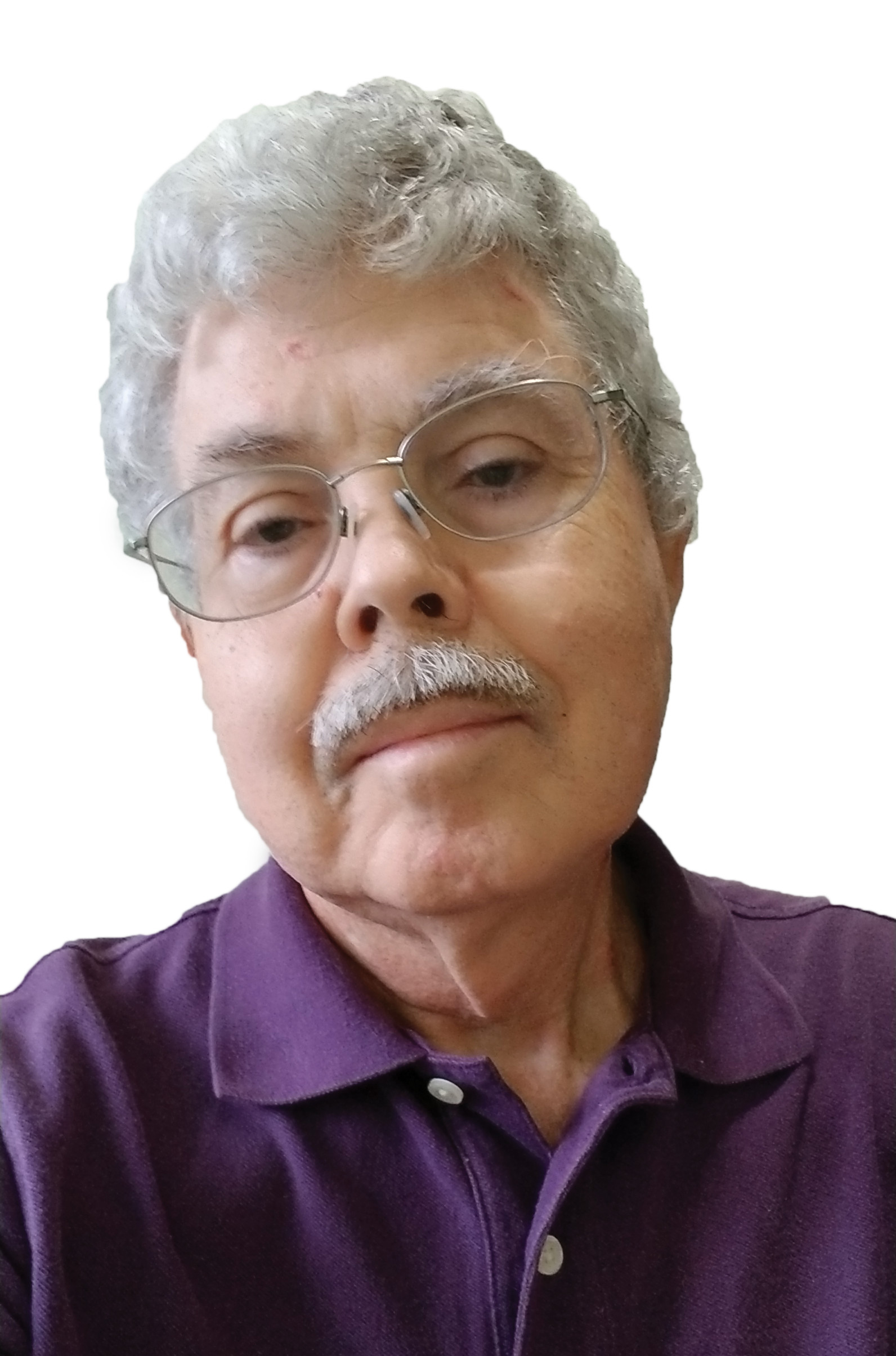MSTV and NAB Comment on FCC White Space Order
After the FCC approved the use of unlicensed devices on vacant TV channels (white space devices or WSDs), NAB Executive Vice President Dennis Wharton issued a statement:
While we appreciate the FCC's attempt to address significant issues raised by broadcasters and others, every American who values interference-free TV should be concerned by today's Commission vote. By moving the “white space” vote forward, the Commission appears to have bypassed meaningful public or peer review in a proceeding of grave importance to the future of television.
Fortunately, today's vote is just the beginning of a fight on behalf of the 110 million households that rely on television for news, entertainment, and lifesaving emergency information. Going forward, NAB and our allies will work with policymakers to ensure that consumers can access innovative broadband applications without jeopardizing interference-free TV.
The NAB Statement contains a long list of broadcasters, companies, organizations, state commissions, and legislators that expressed opposition or concern over the FCC's white space action.
Last Friday the Association for Maximum Service Television (MSTV) called for “rigorous scientific and procedural safeguards” on any future approval process for unlicensed devices reliant on sensing.
MSTV also says that limited testing on sensing-only prototypes suggests these devices must be able to sense signal levels weaker than -122 dBm, at minimum. “There is no basis to approve any sensing-only devices until it can be demonstrated that such devices can, at a minimum, accurately determine whether a TV channel is occupied or vacant and there is compelling technical justification and evidence for a safe sensing level,” MSTV wrote.
The filing continues, “It has been reported that the pre-qualification sensing level being considered by the Commission is -114 dBm. The record demonstrates, however, that that level will fail to protect the digital television viewing public.”
The professional video industry's #1 source for news, trends and product and tech information. Sign up below.
MSTV offers this example of the potential problems from a device that fails to sense a -115 dBm signal: “If an unlicensed device is allowed to transmit, for example, on a channel in an apartment where the DTV signal is -115 dBm or lower, the device will prevent reception of that station's signal not only in that apartment, but also for a radius of at least 1.2 kilometers. Thus, to 'test' a device to determine if it can sense signals that are at least as strong as -114 dBm would be akin to testing a smoke detector to see if it can detect raging flames. In both cases, the device tested needs to be far more sensitive to what it is supposed to sense if the 'test' is to have any value and if the public is to be adequately protected.”
MSTV also calls for public notice and comment prior to the start of any proposed testing.
The FCC Report on white space device testing was peer reviewed by other FCC employees and limited time was allowed for comments. MSTV said the report on the testing sensing-based WSDs should be subject to peer review by an expert outside agency such as the National Institute of Standards and Technology (NIST) and that the report, the peer review and OET's response should then be released for public notice and comment.
The FCC was wise to hold off approving any WSDs dependent on sensing to avoid interference to TV reception. However, as the NAB and MSTV comments point out, the battle is not over. Unlike geolocation-based devices, which can be controlled from a central database, there will be no way to turn off sensing-based devices if they fail to detect weak DTV signals or wireless microphones. It's clear the sensing devices tested by OET in the Phase II study failed completely.

Doug Lung is one of America's foremost authorities on broadcast RF technology. As vice president of Broadcast Technology for NBCUniversal Local, H. Douglas Lung leads NBC and Telemundo-owned stations’ RF and transmission affairs, including microwave, radars, satellite uplinks, and FCC technical filings. Beginning his career in 1976 at KSCI in Los Angeles, Lung has nearly 50 years of experience in broadcast television engineering. Beginning in 1985, he led the engineering department for what was to become the Telemundo network and station group, assisting in the design, construction and installation of the company’s broadcast and cable facilities. Other projects include work on the launch of Hawaii’s first UHF TV station, the rollout and testing of the ATSC mobile-handheld standard, and software development related to the incentive auction TV spectrum repack. A longtime columnist for TV Technology, Doug is also a regular contributor to IEEE Broadcast Technology. He is the recipient of the 2023 NAB Television Engineering Award. He also received a Tech Leadership Award from TV Tech publisher Future plc in 2021 and is a member of the IEEE Broadcast Technology Society and the Society of Broadcast Engineers.
